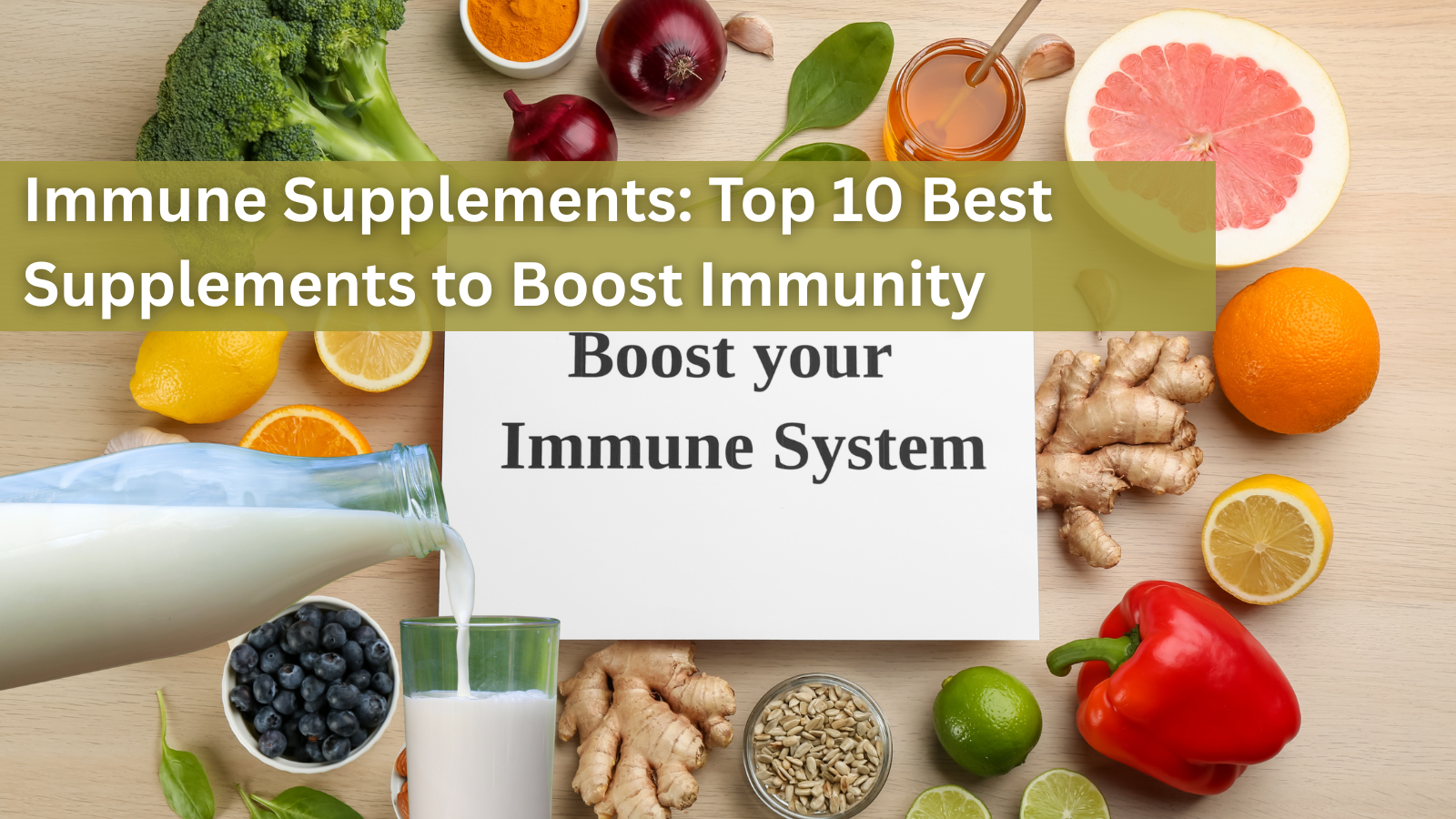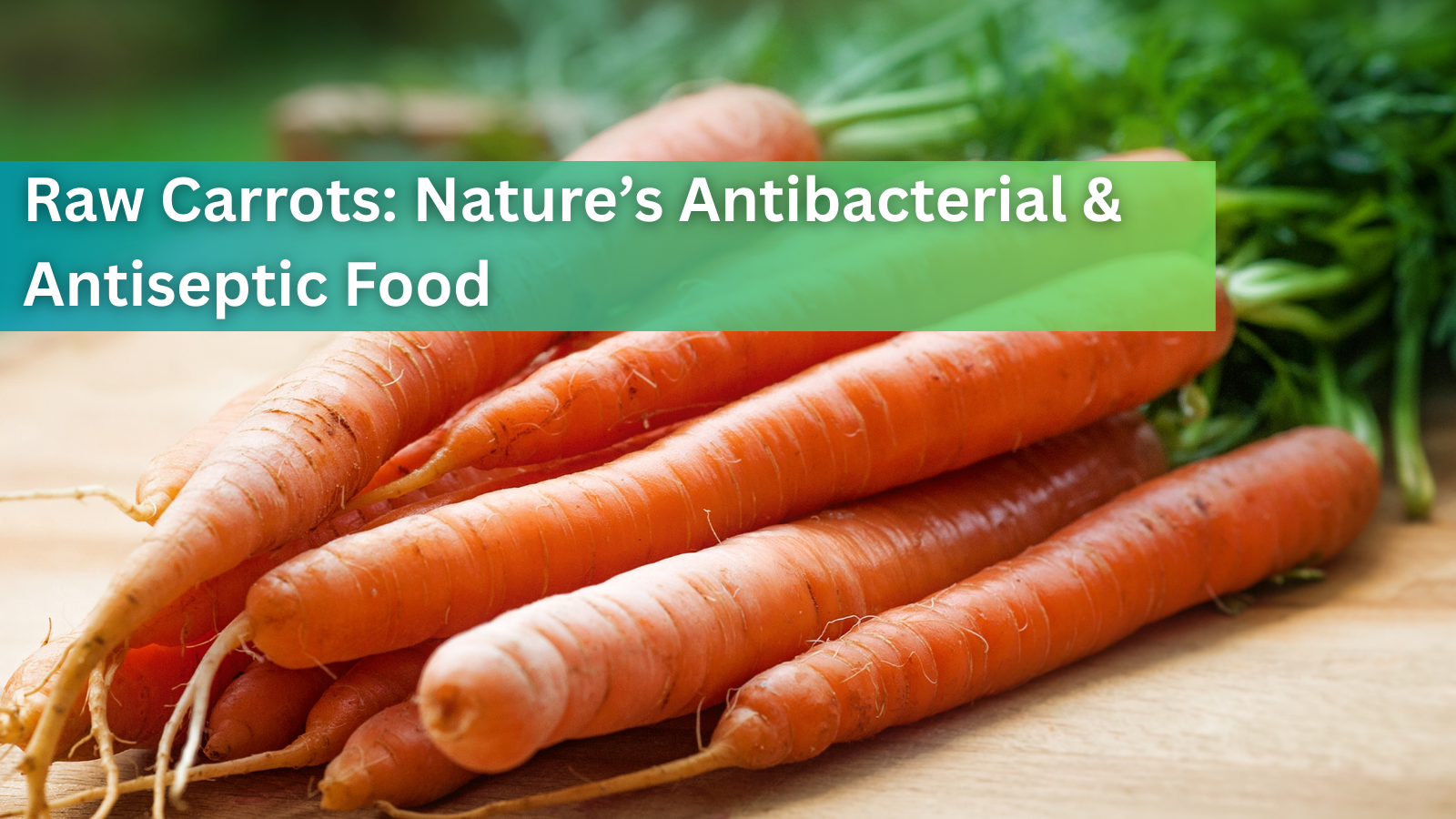Are AGEs (Advanced Glycation End Products) the Most Harmful Non-Industrial Toxins?

Living organisms and the food we eat undergo a process called the Maillard reaction when they are heated, a chemical reaction that takes place that leads to the formation of dark pigments, unappealing flavors, and aromas that affect the cooking, storage, and nutritional value of certain foods - particularly those high in protein.
Mechanisms of Action
What unfolds is a chemical reaction that forges a diverse bunch of molecules, including the notorious AGEs, or advanced glycation end products. By adhering to cell receptors, AGEs like N-carboxymethyl-lysine, pyrraline, and pentosidine may set the stage for some of the most debilitating diseases of our time, including diabetes mellitus, Alzheimer's, high blood pressure, and atherosclerosis - all RAGE-related afflictions. Compounds like flavonoids, nonflavonoids, and phenolic acids have been making waves lately for their ability to stifle the formation of advanced glycation end-products (AGEs) and put the brakes on AGE-receptor interactions.
Currently, about 40 AGES have been discovered and can be produced through a variety of pathways, such as the Millard, Polyol, or lipid peroxidation pathways.
Inflammation and stress are byproducts of AGEs and ligands getting together, and if left unchecked, they can bring cells to their knees, causing mitochondria to falter and cells to reach old age prematurely.

Diary
As we've come to realize, the darker side of dairy processing has some scary links to a bunch of chronic diseases that plague humans. Dairy products can be especially vulnerable to the effects of thermal processing. As they're heated, compounds like lactulosyl-lysine, furfurals, and advanced glycation end products can form, threatening to unleash a host of chronic diseases if consumed regularly. When consuming dairy, ensure its treated with the lowest possible temperature, for the shortest length of time.
Bread
Take a closer look at ingredients lists and you'll likely spot emulsifiers, surfactants, potassium bromate, and other mysterious additives secretly tucked away in your daily bread. Think dough conditioners, crumb softeners, emulsifiers, and surfactants are just obscure ingredients.

When it comes to elevating your bread-making abilities - they're usually there as cheap replacements for natural ingredients. You'd be surprised how many additives, including Potassium bromate, and azodicarbonamide, have been slammed for their negative health consequences - they might even cause cancer.
The harsh reality is that our changed diet, now so heavily influenced by mass food production, paves the way for a broad range of diseases and disorders, medical bills that threaten to overload our already-strained healthcare systems.
Summary
Two main ways that AGEs adversely affect the body are:
- through cross-linking and trapping proteins, and
- by binding to receptors for AGE on cell surfaces.
They are considered Glycotoxic, causing cancer, as well as damage to blood vessels, liver cells, the retina, and reproductive system.
They are cytotoxic, damaging cells and reducing intracellular antioxidant protection, but this damage can be lowered by addition of high antioxidant supplements, like NAC.
Main ways to avoid AGEs:
Cook all food, especially complex carbs like potatoes, at low temperature for longer, preventing AGE formation.
Sources

September 27, 2025
Immune Supplements: Top 10 Best Supplements to Boost Immunity
Are you looking for effective ways to enhance your body’s natural defense? Immune supplements have become popular choices to support the immune system booster function, especially in times of increased illness risk. With so many products...
Read more
September 27, 2025
Cell Phone and WiFi Safety: How to Prevent and Treat EMF Damage and Electrosensitivity
Electrohypersensitivity (EHS), often called electrosensitivity, has been a polarizing and increasingly relevant issue over the past decade and a half. Since the number of people identifying with these symptoms continues to grow exponent...
Read more
September 27, 2025
Raw Carrots: Nature’s Antibacterial & Antiseptic Food
For most of us, carrots are simply a crunchy snack or a source of vitamin A. But according to researcher Ray Peat, PhD, raw carrots offer something more unusual: they act as a kind of natural antiseptic inside the gut, helping to contro...
Read more




Leave a comment